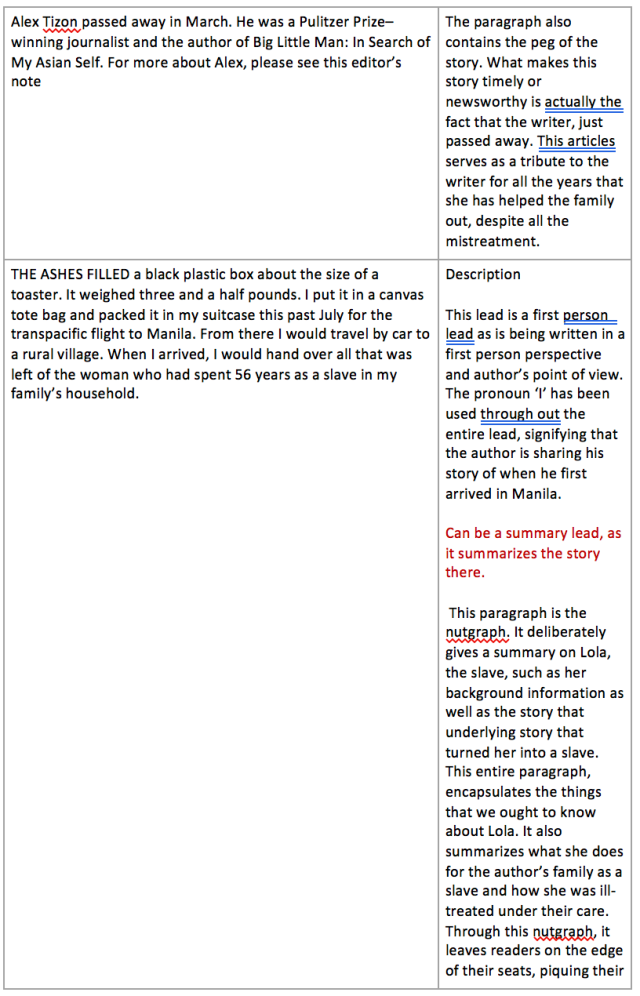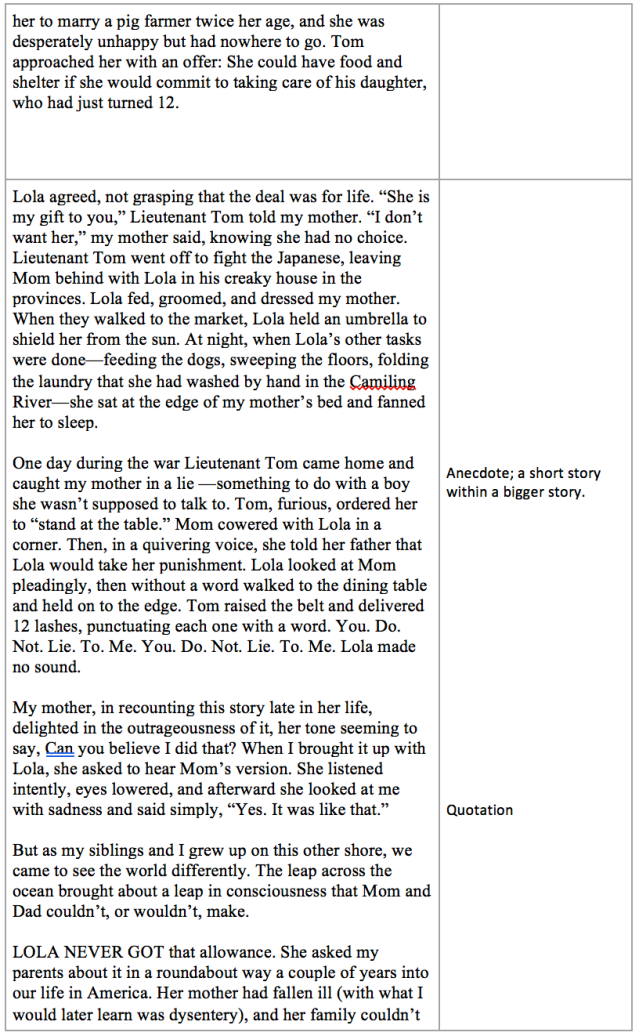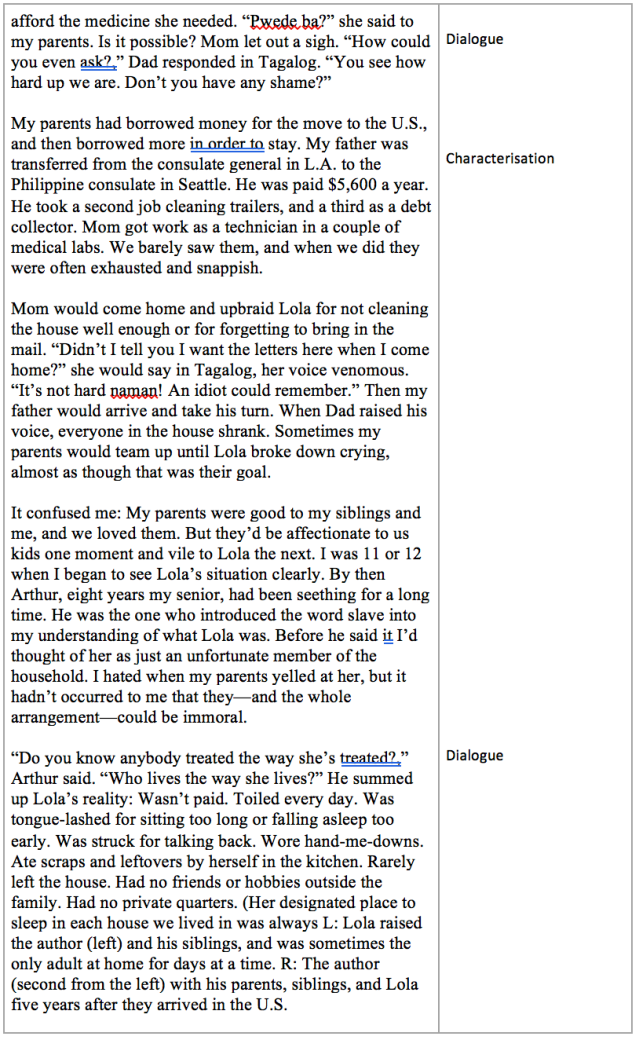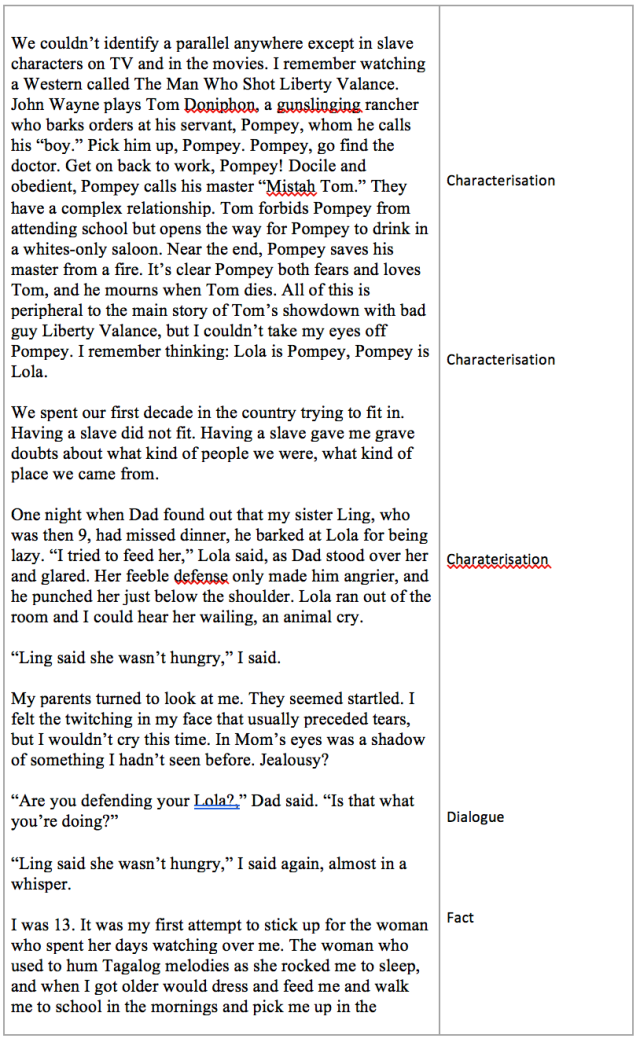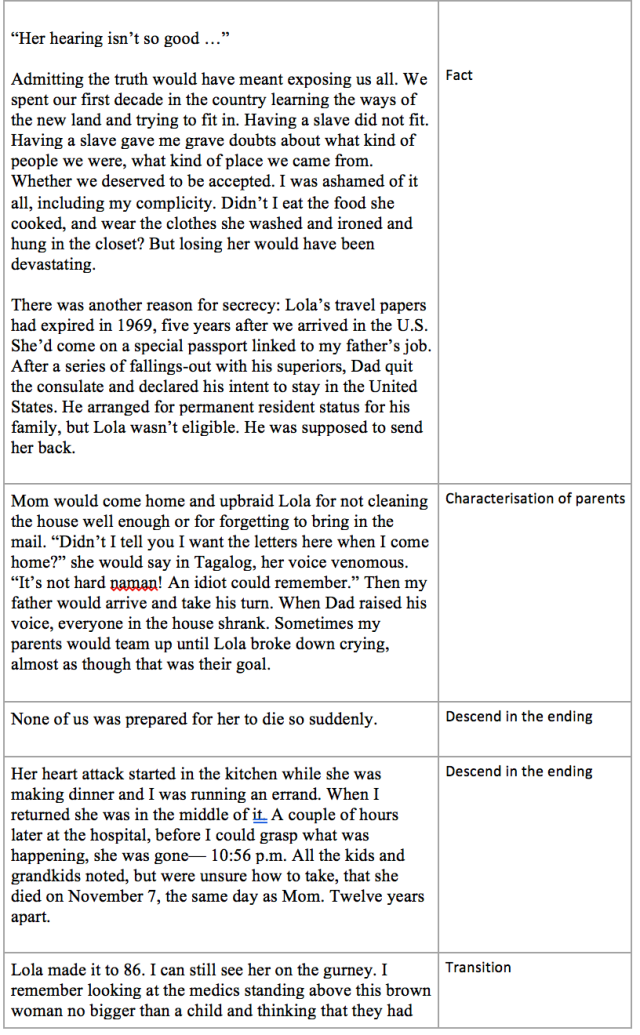Buzzfeed did violate journalistic ethics.
Firstly, the journalism ethics of impartiality was violated. This is a principle of reporting with justice about the subject matter without bias and prejudice or even partisanship, was violated. The dossier was uploaded 10 days before Trump’s inauguration. By putting Trump in a bad light and accusing him indirectly through the dossier, would heighten the chance of him being president after the president-elect phase. This is evident that Buzzfeed had an ulterior motive, to put Trump in the bad light and defame him. Besides, other the articles posted on Buzzfeed are opinion-based which brings about their view point and different perspectives, so does this mean that this article on the dossier would be their opinions instead of something that is genuinely accurate?
Secondly, they violated the discipline towards verified reporting, bringing about fake news. The information that was gathered and reported by Buzzfeed was mentioned to be potentially unverified by their journalists and there was not context added to it. It could be seen that what the journalists did was to place the document on the internet without verifying and ensuring its reliability and credibility. The process of fact-checking in this situation was certainly forgone and the consequence of this brings about FALSE and INACCURATE presentation of information, bringing about fake news. This violates the principle of journalism which is to present and gather only factual information.
Lastly, the ethics of Utilitarianism has also been violated in this situation. This ethical norm suggests that individuals or the Buzzfeed journalists should carry out acts that would bring about consequences that would benefit the greatest amount of people in the end. Clearly, this was not the case as readers of the Trump-Russia dossier would have already known by then, Trumps’s intentions and the allegations of misconduct. This will consequently spark controversy and an uproar among the American readers as well as international ones as they would jump into conclusions about Trump. Since the dossier is already being posted on the internet by these journalists, people will most likely think that the information is precise and reliable. Making the American make up their mind about such allegations about the president-elect will not serve them any good, rather it would heighten the controversy in the air.
Other points raised in class for the topic:
-Buzzfeed did not check the credibility of the article, the journalists did not cross-refer with other sources.
-Flawed because it is opinionated, it makes readers want to have certain opinion towards Trump.
-Might cause audience to not trust the media in the future.
-There is no appropriate news for the target audience.
-Agenda based article.
-Buzzfeed are fake journalists.
-Duty to profession and audience (but information is not accurate thus spreading fake news) violated.
Points raised by Mr Selvan
-Is Buzzfeed a news site? If you consider yourself a new site, you must practise proper Jounalism.
-Journalism has gatekeeping with several layers of check.











